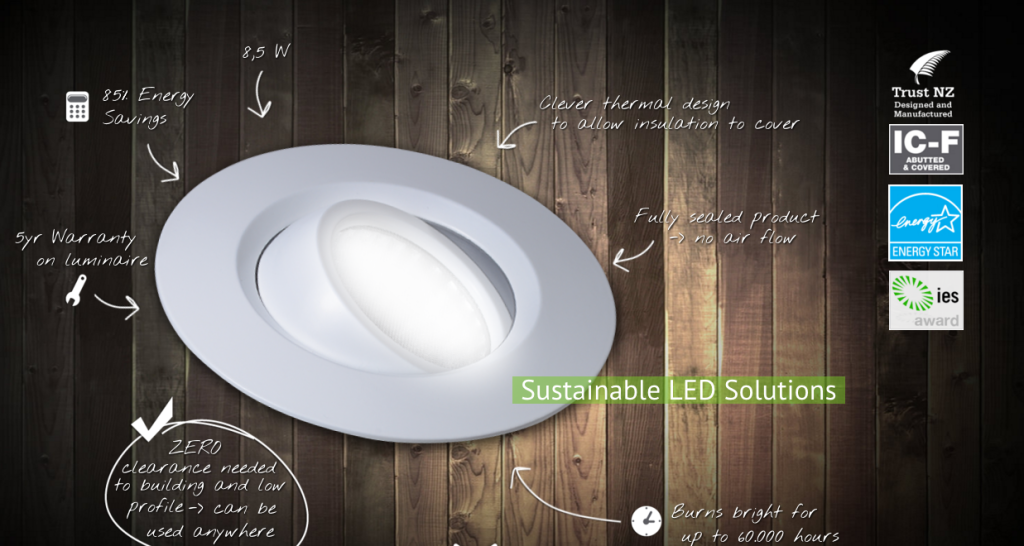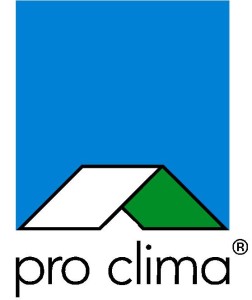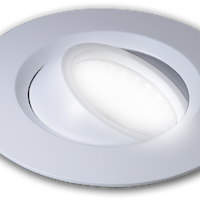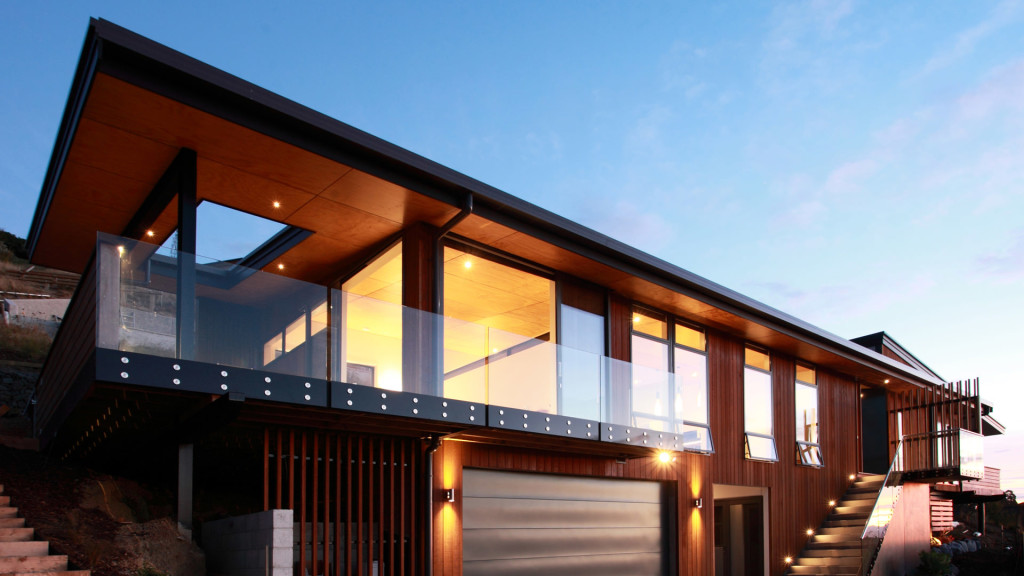Podcast: Play in new window | Download | Embed

Remember when the main choice you had for light bulbs was 60 Watts or 100 Watts? Things have progressed a long way since then, and mostly for the better, especially when you consider that the average incandescent light bulb is only about 10% efficient. Most of the energy ends up as heat rather than light.
Now we’ve transitioned through compact fluorescents (CFLs) to light emitting diodes (LEDs), there’s a lot more to understand about what makes a good light.
In this episode, I speak with David Maunsell from Switch Lighting to uncover the details about why some LEDs are much higher quality than others. Unfortunately it’s still the Wild West out there in lighting retail land. Hopefully this can help you figure out what’s important for lighting.
What’s and LED light?
Light emitting diodes are the small chip components that actually produce light, but there’s a lot more that goes into a light fitting for the purpose of providing steady power to the chip and controlling the light output. It’s all these factors that make choosing an LED light much more complicated that simply how bright it is.

What to Consider in an LED Light
Some of the most important factors include:
- CRI: Colour Rendering Index. The closer this is to 100, the better. Essentially a higher CRI (somewhere in the 90s) will make the colours in your room ‘pop’ (as David demonstrated to me).
- Beam Angle: Not unique to LED fittings, but this is important for selecting the best fitting for specific locations. Chose a narrow, focussed beam to reduce glare above counter tops and perhaps under your favourite reading chair. Wider angle beams can be useful in hallways and bedrooms.
- Colour Temperature: The higher the number (above 4,000 Kelvin) the ‘cooler’ (more blue) the light. For a cosy, yellower light more similar to an incandescent bulb or a camp fire, select a light in the range of 2,700 Kelvin or less.
For more information, see the range at Switch Lighting or talk with your local lighting designer.
Other Handy Information about LEDs
- The Lighting Council of New Zealand has a good, two page summary of downlight classifications.
- GTS has a good explanation of the difference between IC and IC-F downlight classifications.
- For more information about selecting the best light, check out Consumer.org.


Leave a Reply